A Deeper Dive: Revolutionizing Chronic Care Through Seamless Patient-Centric Health Management
Last month, I introduced you to Sarah, a 45-year-old newly diagnosed with diabetes. Her story resonated with many of you, highlighting the frustrations millions face navigating our fragmented healthcare system. Today, I want to take you further into the world of possibilities, a world where chronic care is not just managed, but transformed.
Beyond Fragmentation
Imagine Sarah's world reimagined. Her continuous glucose monitor (CGM) does not just track blood sugar; it is part of an intricate web connecting every aspect of her health. From stress levels to sleep patterns, from medication adherence to her access to fresh produce—all of it matters, all of it is connected. But here is the kicker: this system does not just collect data. It predicts. It personalizes. It integrates her emotional well-being seamlessly into her care plan. And it does all this without Sarah feeling like she is drowning in a sea of apps and devices. This system does not fully exist yet. But we are tantalizingly close.
The Building Blocks of a Revolution
1. AI-Powered Analytics: Predicting the Future
Current chronic care is reactive. We wait for the storm to hit, then scramble for umbrellas. But what if we could see the clouds forming days in advance? AI-powered analytics could sift through Sarah's data, flagging risks before they escalate. Imagine her smartwatch buzzing with a gentle warning: "Sarah, based on your recent patterns, you're at risk for a glucose spike in the next 48 hours. Let us make some adjustments.” The potential here is not just cost saving, it is lifesaving. Google Health's Care Studio shows promise in improving care coordination by unifying EHR data, though integration with wearables remains a work in progress.
2. Telehealth 2.0: Care That Comes to You
The Covid pandemic catapulted telehealth into the mainstream, but we have really only scratched the surface. The real game-changer? Merging telehealth with remote patient monitoring (RPM). For Sarah, this could mean her care team checks her vitals weekly—virtually. No more quarterly scrambles to the clinic. Instead, she has continuous check-ins, with her care coordinator reviewing trends in real-time. The impact is tangible. A study by the American Medical Association found that telehealth adoption reduced hospital readmissions by 34% for patients with chronic conditions.
3. Mind-Body Integration: Mental Health at the Forefront
Here is the reality: half of diabetes patients experience emotional burnout. Yet mental health often remains an afterthought in chronic care management. What if Sarah's care plan included regular emotional check-ups? What if the same app she uses to monitor her glucose offered on-demand therapy sessions or AI-driven mindfulness modules tailored to her needs? The results speak for themselves. Integrated behavioral health programs reduced HbA1c levels by an average of 1.4 points in patients with Type 2 diabetes.
4. Addressing the Roots: Social Determinants of Health
Even the most advanced technology cannot solve what happens when a patient lacks nutritious food or safe housing. Addressing social determinants of health (SDOH) is not just about equity, it is about efficacy. For Sarah, this could mean connecting with local food delivery services or transportation assistance. It could mean her employer offering subsidized programs, like fresh produce delivery aligned with her nutrition plan. Organizations like Unite Us have shown promising results, demonstrating up to 20% improvement in chronic disease outcomes by addressing SDOH through partnerships.
5. Workplace Wellness: From Perk to Powerful Tool
Traditional corporate wellness programs often fall flat because they are too generic. What if we could tailor these programs to individual health challenges? Based on Sarah's CGM data, her company cafeteria could offer specific meal options. She could receive incentives for meeting personalized health goals. This is not just feel-good HR—it is a strategic investment. Data-driven wellness programs have shown reductions in absenteeism by 25% and healthcare costs by 15%.
6. The Human Touch: Concierge-Level Care Coordination
In our rush to digitize healthcare, we must not lose sight of the human element. A concierge service acting as a single point of contact can be the glue that holds this entire system together. For Sarah, this means having one dedicated care coordinator who understands her holistic health picture. Someone who can intervene early when stress markers rise, or glucose readings drop off. Someone who ensures she takes the next step, whether it is filling a prescription or joining a local support group. The impact is clear: Accolade Health's concierge care platform reported a 21% reduction in hospitalizations among engaged patients.
The Road Ahead: From Vision to Reality
The tools exist. The data exists. What is missing is the orchestration—and the will to change entrenched systems. Chronic conditions account for a staggering 90% of U.S. healthcare costs. The solution is not more devices or fragmented apps—it is integration, prediction, and personalization.
We need healthcare providers willing to reimagine care delivery. And we need you—patients, caregivers, and health advocates—to demand better. Share your thoughts, experiences, and ideas in the comments. What parts of this vision resonate with you? What challenges do you foresee?

